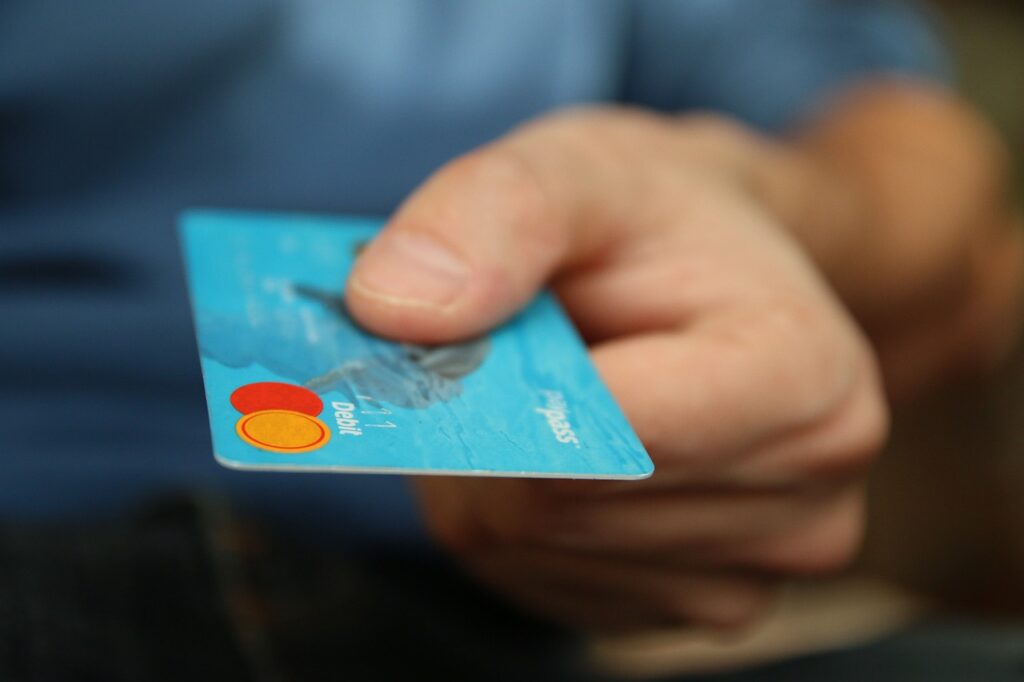If your credit card isn’t paying YOU, you’re doing it wrong.
For the first time ever, America’s credit card debt has eclipsed $1 trillion.
That’s more than the GDP of all but 16 countries on Earth. Wondering how many countries there are? 195.
So the total credit card debt held by Americans accounts for more than the GDP of 92% of the world’s nations.
And that figure’s doubled since 1999:
We Asked ChatGPT …
What’s the greatest financial threat facing Americans today? Here’s what AI had to say about household debt:
Many Americans face significant debt burdens, including student loans, credit card debt and mortgages. High levels of debt can limit financial flexibility and increase financial vulnerability, especially during economic downturns.
So today, we want to discuss how you can better use your credit cards. Because no matter what your debt situation is, most of us aren’t maximizing the returns that our plastic-issuing overlords are willing to provide.
But first, we need a moment of silence to acknowledge that …
Cash Is F*****g Dead
People don’t like change. It’s why our government is being run by a cohort of octogenarian millionaires.
But we can only resist change for so long until it inevitably becomes the norm. So it’s better to prepare for cash to join Blockbuster, Sears, payphones and fax machines than to have no plan at all.
The reason those things disappeared is because nobody wanted to use them anymore. And that’s exactly what’s happening with cash.
The share of American households making $100k+ that never use cash for purchases? 59% … up from 36% just seven years earlier, demonstrating what economists like to call a “trend.”
It’s not just higher-income households, either. It’s all brackets of earners. And it’s not just in America. Sweden’s gone virtually cashless.
To clarify, we’re not advocating for you to abandon your bank account and join the local chapter of the Bitcoin Bros. But we are advocating for people to learn …
How to Better Use Credit Cards
Spending cash doesn’t beget any rewards. The same goes for debit cards and checks.
Beyond the obvious, like not carrying a balance and avoiding impulse purchases, your card should be viewed as an instrument for earnings that can help offset household expenses.
Conventional wisdom says we shouldn’t spend money we don’t have. The primary risk is running up debt coupled with outrageous APRs that can lead to financial ruin.
But for those who are strict about their spending habits and diligent about paying off balances, the rewards can be considerable. In short, if you’re not getting paid by your credit card company, you’re not using it correctly.
Most cards offer category-specific bonuses that can boost consumers’ point totals. For example, the Discover it Cash Back Credit Card has no annual fee and automatically provides 1% cash back on all purchases (just shy of the 1.5% average offered by most credit cards).
However, Discover divides the year into four bonus categories: (1) grocery stores and fitness centers, (2) gas stations and Target, (3) restaurants and PayPal purchases and (4) Amazon.com and digital wallets.
When you use the Discover card at those locations during their corresponding quarters, the benefit increases to an enormous 5% cash back.
We all need to eat and fuel our vehicles, and most people do their shopping online via websites that accept PayPal. By focusing on category-specific spending windows, you can routinely net a 5% return on most of your budgeted purchases.
For example, with food inflation still up this year, the average American family of four spends $1,263.50 monthly at the supermarket. That 5% cashback could net $63/month, or $504 in the eight months Discover offers the bonus for supermarkets or Target (also a grocer).
Another example: The average American household spends $5,000/year fueling their cars. That 5% cash back equates to $62.50 for the quarter featuring gas stations as a bonus category.

